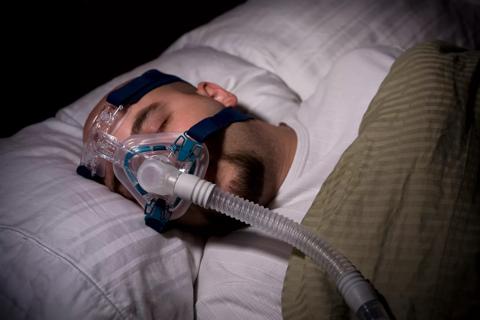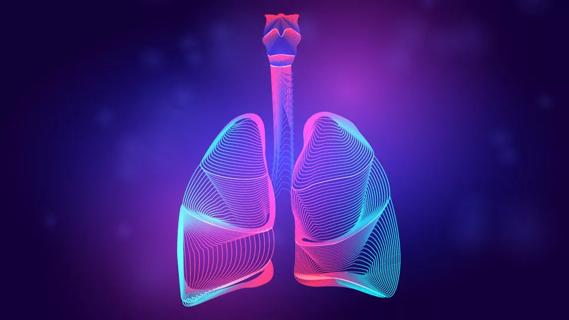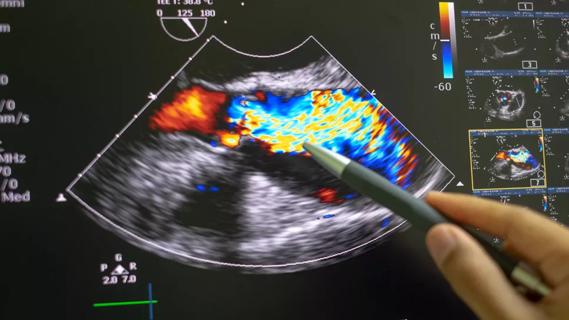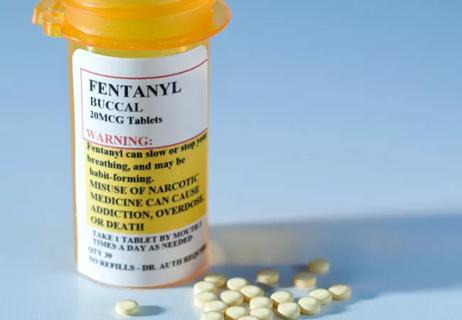Cleveland Clinic is a non-profit academic medical center. Advertising on our site helps support our mission. We do not endorse non-Cleveland Clinic products or services. Policy
Asthma can be difficult to control in its more severe forms, which are not fully understood. As a member site of the National Heart, Lung, and Blood Institute (NHLBI) Severe Asthma Research Program (SARP), Cleveland Clinic participated in two major studies that investigated exacerbation-prone asthma (EPA) and severe asthma (SA). The findings provide valuable data that has the potential to influence clinical practice and improve patient outcomes.
Asthma exacerbations are a major public health problem and a risk factor for progression to severe asthma. SARP investigators led a network-wide investigation to evaluate clinical, lung function and inflammatory characteristics of adults and children with EPA. Data from 709 nonsmoking members of the SARP-3 cohort age six and older with a physician diagnosis of asthma were evaluated. By design, 60 percent of the cohort had severe asthma and 25 percent were children.
Of 709 participants (including 187 children), 294 (41 percent) had no exacerbations, 242 (34 percent) had few (one or two) exacerbations and 173 (24 percent) were exacerbation prone (three or more) in the prior year.
While categories of exacerbation frequency were, as expected, directly associated with asthma severity, we found that 110 participants (37 percent) of the control group with no exacerbations had severe disease, representing 26 percent of the patients in the entire study with severe disease. Also, of patients with EPA, 12 percent had nonsevere asthma at baseline, and nearly 16 percent of adults and 24 percent of children had an FEV1 predicted greater than or equal to 80 percent.
We did not find an association between EPA and asthma duration, age of onset, race or socioeconomic background, which have been identified as risk factors in prior studies. Bronchodilator responsiveness did discriminate proneness to exacerbations from asthma severity. Our findings suggest that EPA is a distinct phenotype independent of severe asthma disease.
Also, we found a variety of conditions associated with exacerbation frequency: blood eosinophils, bronchodilator responsiveness, BMI, chronic sinusitis and gastroesophageal reflux, each of which could be modified by treatment. More aggressive management of these comorbid conditions could help asthma control and future risk.
These results, reported in the American Journal of Respiratory and Critical Care Medicine, present new possibilities for clinical management of EPA, defining EPA as a distinct phenotype and expanding treatment strategies. Clinical trials are needed to compare the efficacy of new treatment options in patients with the EPA phenotype and evaluate matching treatment with patient phenotypes.
Severe asthma (SA) is characterized by poor symptom control, persistence of greater inflammatory marker expression and/or airflow obstruction despite the use of high doses of corticosteroid therapy. In The SARP SA study explored whether inconsistent or incorrect corticosteroids corticosteroids confounds phenotypic distinctions between severe and nonsevere asthma.
Our SARP 3 patient cohort included 714 adults and children over age six: 60 percent were classified as SA as defined by 2014 American Thoracic Society guidelines and 40 percent as nonsevere asthma. All participants received a single dose of intramuscular triamcinolone acetonide.
In adults, but not children, “equalizing” corticosteroid treatment does not eliminate the distinction between SA and nonsevere asthma. The reasons for the difference in response across age is not clear. Prolonged reduction in proresolving mediators in adults with SA and/or longer persistence of unopposed type 2 inflammation may result in remodeling and irreversible changes in adults. In children, triamcinolone acetonide treatment led to the loss of most of the distinctions between SA and nonsevere asthma, except for baseline degree of obstruction.
Importantly, this study clearly defines corticosteroid-responsive and nonresponsive SA phenotypes, which could help guide individualized therapy. Despite already being prescribed high-dose inhaled corticosteroids, approximately 20 percent of patients with SA experienced a clinically important improvement in airway function after triamcinolone acetonide administration. Patients most likely to respond had greater bronchodilator responsiveness and fractional exhaled nitric oxide levels.
These findings, reported in the American Journal of Respiratory and Critical Care Medicine, suggest that classifying patients based on SA phenotype may lead to more effective treatment. Longitudinal lifespan studies are needed to better understand the progression of SA and guide treatment approaches in children and adults.

A review of conservative, pressure-based and surgical treatments for OSA

Volatile organic compounds have potential in heart failure diagnostics

Insights for diagnosing, assessing and treating

Two NIH grants are looking at developing new antidotes against fentanyl overdose

Exploring the responses to medications and other supportive therapies

A set of graphs helps quantify the expected changes in forced expiratory volume at one second (FEV1), forced vital capacity (FVC) and FEV1/FVC ratio with the new race-neutral equation

Because of the associated symptoms, a multidisciplinary approach to care is essential

Patients with COPD are often affected by sarcopenia, but the underlying mechanisms for the development are poorly understood. New research looks into the causes and potential therapies